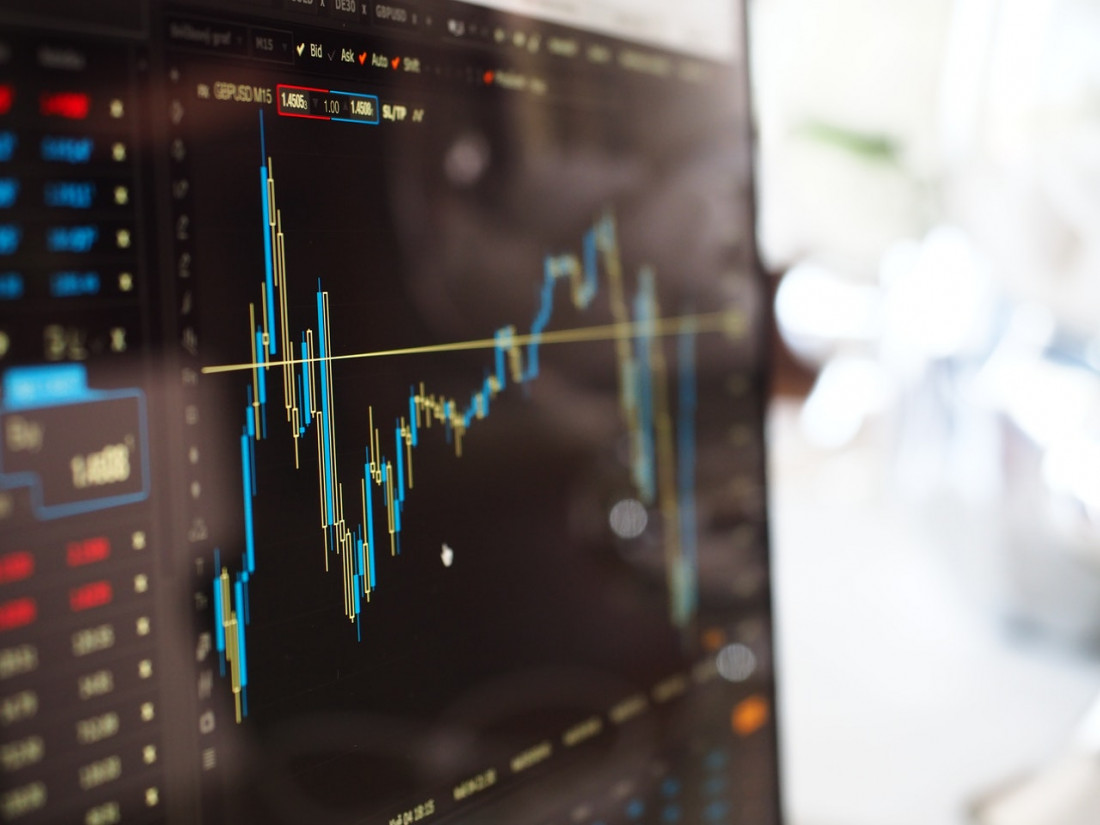Ever since the world has had commodities, their value has been changing. For example, the global price of bronze rose year on year during the building of the Colossus of Rhodes. What worry that caused raw material traders back then we can only wonder.
As the world grew smaller and technology advanced, so raw material prices and supply volatility increased, such that during the mid 19th century ‘tea clipper’ sailing ships returning to London with the freshest tea from China caused huge market price swings based on how long the 100 day or so journey from China took, if they survived the journey at all.
Today’s trading world is even smaller; the supply volatility more dramatic; and the price changes quicker than ever before; a situation that has created ever more worry among chemical traders and procurement managers.
For traders outside the chemical industry the situation is creating even more concern. For example, in October 2014, the Wall Street Journal reported how those who paid for some stock price information services were getting their market news three tenths of a second faster than the general public, and as a result making a fortune from beating the public to the trade.
Similarly, former bond dealer, Michael Lewis tells a true story in his best-selling book ‘Flash Boys’, of how stock exchange traders were using the speed that the electronics processed transactions to their advantage. If, after hitting the ‘buy’ button, the deal was able to be completed after 4 milliseconds, then it could be blocked by a faster computer, closer to the stock market floor that could make the deal in 2 milliseconds. That 2 millisecond advantage was the difference between profit and loss. A fast blink of the eye lasts 100 milliseconds.
Fortunately, whilst industrial chemical trading is going increasingly digital it has yet to reach such speeds. But still, price fluctuations in chemical feedstock can still give traders, manufacturers and investors nightmares. But should they?
Is Industrial Chemical Feedstock Volatility really a Bad Thing?
Wouter Hut, Vice President Procurement for AkzoNobel’s Specialty Chemicals Business Area, doesn’t think so. He sees price changes and supply fluctuations as a potential advantage, stating in a recent interview that, “Raw material volatility is traditionally seen as a negative business contributor, whereas in my belief, and we have proven so, it presents an opportunity rather than a threat to margins.”
Turning volatility into an advantage isn’t easy, but with feedstock taking on average 60% of a chemical company’s total costs, industrial chemical manufacturers are very aware of the impact supply fluctuations and price changes can have. But what do procurement executives think of the problem?
Well, according to The Hackett Group’s ‘Study of Key Issues’ as published by Chemical Info, the top concern for supply chain executives (mentioned as a major or critical concern by 92% of respondents) was improving supply chain flexibility, as a means to control supply fluctuations.
This has lead to many companies sourcing raw materials from multiple suppliers, as Joshua Nelson, Director of Strategy & Operations Supply Chain Practice at The Hackett Group makes clear in the report, stating, “The emergence of supply chain risk mitigation as a key issue has caused many procurement managers to reassess their reliance on single sourcing strategies.”
Having multiple suppliers may not always be possible, but what Hut makes clear is that having a ‘world-class procurement organization’ is of ‘business critical importance’. For if a business can achieve that, then the nightmare of fluctuating chemical feedstock costs and varying supply chain challenges disappears. Instead, as Hut states, “Raw material price volatility is then no longer a threat, but an opportunity.”
You can join Wouter Hut and his discussion on ‘Fluctuating Raw Material Prices; How the industry can overcome price uncertainty and planning challenges’ at CIEX 2016, a meeting of like-minded R&D experts across the chemical value chain to discuss the challenges and opportunities that the industry holds.
Join us at CIEX 2016 and learn from over 40 hand-picked client and supplier speakers from Fortune 500 companies including Henkel, L’Oreal, Dow Chemical, Johnson Matthey, Lonza, Covestro, Evonik, Swarovski, Natura, Dupont, Ineos, DSM, McBride and many more!
CIEX is created for R&D and Innovation experts from the consumer, industrial and specialty chemical sectors. By bringing together all players in the chemical value chain, we create a unique platform for participants to learn, exchange ideas and connect with potential partners.
Join us at CIEX 2016 on Sep 28-29 in Frankfurt! Spotchemi readers benefit from 20% OFF!
To register, please visit: http://www.ciex-eu.org Use Promo code: SPOTC20

